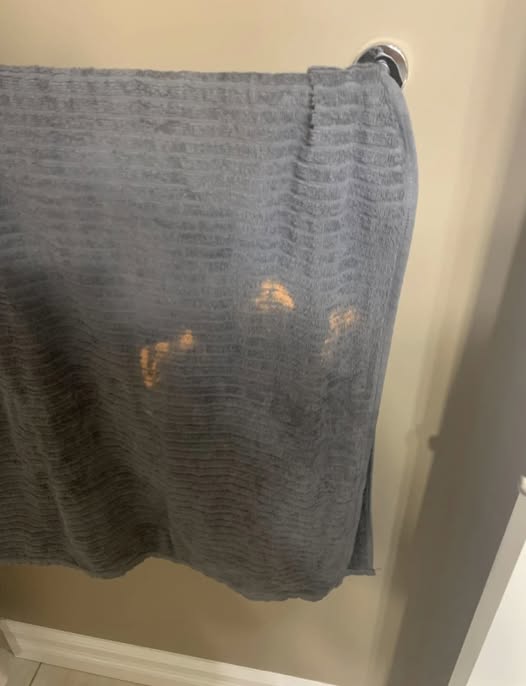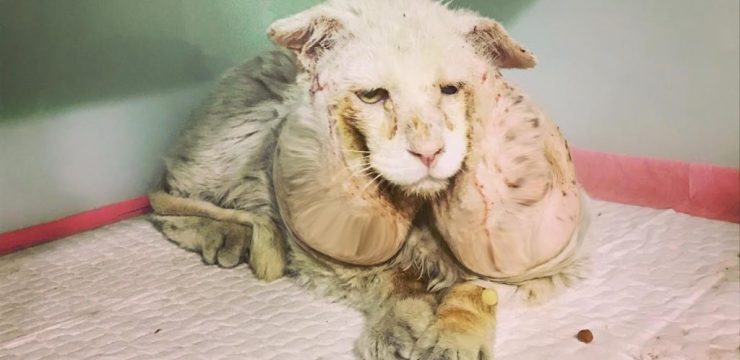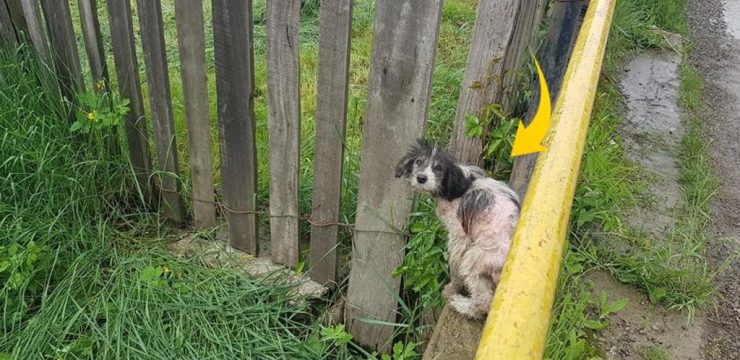I still remember the first time I noticed it—this odd, almost neon-orange blotch on my favorite gray hand towel. It didn’t look like a typical stain; it seemed to glow, almost like I had run a highlighter across the fabric. My first thought was that it must have come from rust on the towel bar, or maybe something had spilled and I completely forgot. Confident I could fix it, I tossed it in the wash with extra detergent… but when I pulled it out, the orange spot was still there, completely unchanged. Over the next few weeks, more towels started showing up with the same marks, until my bathroom looked like it had been invaded by a pumpkin spice ghost. If you’ve ever had towels, pillowcases, or even t-shirts develop these stubborn orange spots that never seem to wash out, you’re not imagining things—there are a few common culprits.

The biggest offender: benzoyl peroxide
This was my “aha” moment. Benzoyl peroxide, a common ingredient in acne creams and cleansers, is a bleaching agent. It doesn’t actually stain towels—it removes the dye from the fabric entirely. That’s why the spots aren’t random color transfers, but more like bleach marks, often orange or yellowish, especially on dark fabrics. And because the color is stripped from the fibers, no amount of scrubbing or soaking will bring it back. I finally connected the dots when I realized the stains lined up with where my face or hands touched the towel after my nighttime skincare routine. Even brief contact, night after night, was enough to cause damage.
Rust and iron in water
Not all orange marks come from skincare. If your water has high iron content—especially if you use well water—you may notice tiny rusty freckles on your laundry. I learned this when visiting a friend in the countryside. After just two washes, my once-white towel was speckled with orange dots. In cases like this, regular detergent won’t help. Instead, you need a laundry additive designed for rust removal that binds to the iron before it attaches to the fabric.
Hair products and self-tanners
Another sneaky source of discoloration is hair care and tanning products. Some shampoos and conditioners—especially those with color-depositing pigments—can transfer to towels. Self-tanning lotions can do the same, even after they feel “dry” on your skin. I discovered this after repeatedly seeing faint orange streaks on my hair towels, despite never using self-tanner. The culprit turned out to be my “warmth-enhancing” shampoo, which left behind enough pigment to stain.
Cleaning products that act like bleach
Bleach and hydrogen peroxide aren’t just in laundry products—they’re also found in disinfectant sprays, toilet bowl cleaners, and surface wipes. If you clean with these and then dry your hands on a towel, you might leave behind bleach spots without realizing it. A friend of mine accidentally turned her kitchen towels pink during a cleaning spree because she wiped her hands on them after using a counter spray.
How I prevent it now
Once I figured out the main causes, I started treating my towels more carefully, almost like clothing I really cared about. Here’s what works for me:
-
Use white towels for face care: If I’m using benzoyl peroxide, I only use plain white washcloths so bleach spots are invisible.
-
Wait for products to dry: Whether it’s acne cream or self-tanner, I make sure it’s fully absorbed before touching fabric. It’s annoying to stand around, but it saves my towels.
-
Use filtered water or rust removers: If you live in an area with iron-rich water, add a rust-removing laundry booster to every load.
-
Keep a dedicated hair towel: I use older towels just for drying my hair so pigments from shampoo or conditioner don’t ruin my nice sets.
Can you fix the damage?
If the stain is from benzoyl peroxide or bleach, unfortunately, it’s permanent. The only options are to dye the entire towel a darker color, repurpose it as a cleaning rag, or bleach the whole thing for a uniform look. But if the problem is rust or mineral deposits, you might get lucky—fabric-safe rust removers can sometimes restore the original color. I’ve managed to save a few pillowcases that way.
Spotting the difference
Chemical bleach spots usually appear as larger, irregular patches in areas where your hands or face touch the fabric. Mineral stains from water tend to be smaller, speckled, and more random in placement. Once I learned to “read” the pattern, it became much easier to identify the cause and fix it.
These days, I’m not completely stain-free—accidents happen, and sometimes I forget I have acne cream on—but I’ve gone from replacing towels every couple of months to maybe once every year or two. If your bathroom linens are starting to look more “autumn-themed” than you’d like, it’s worth checking your skincare routine, water quality, and hair products. Figure out the culprit, and keeping your towels looking fresh won’t be a guessing game anymore—just be mindful of the danger zones and keep your best fabrics out of harm’s way.





